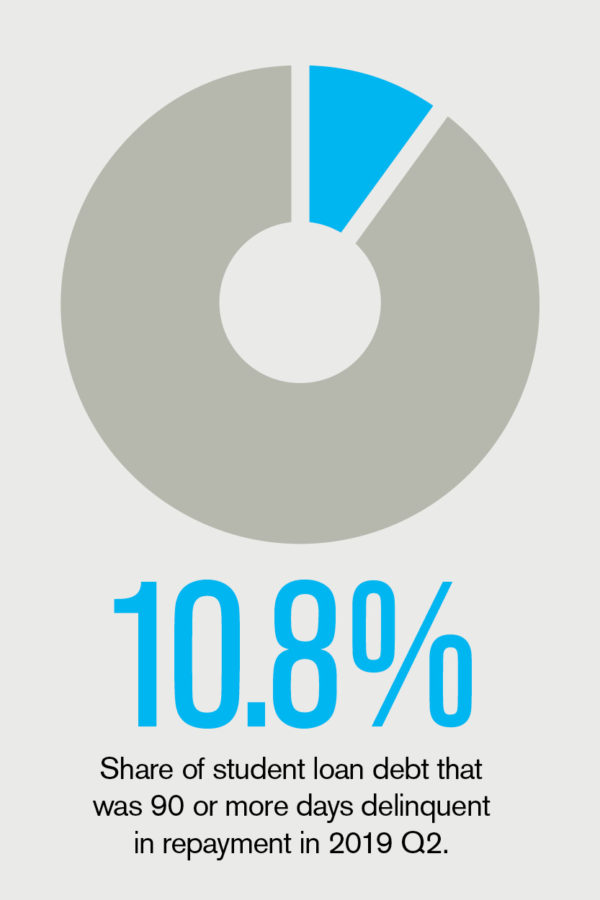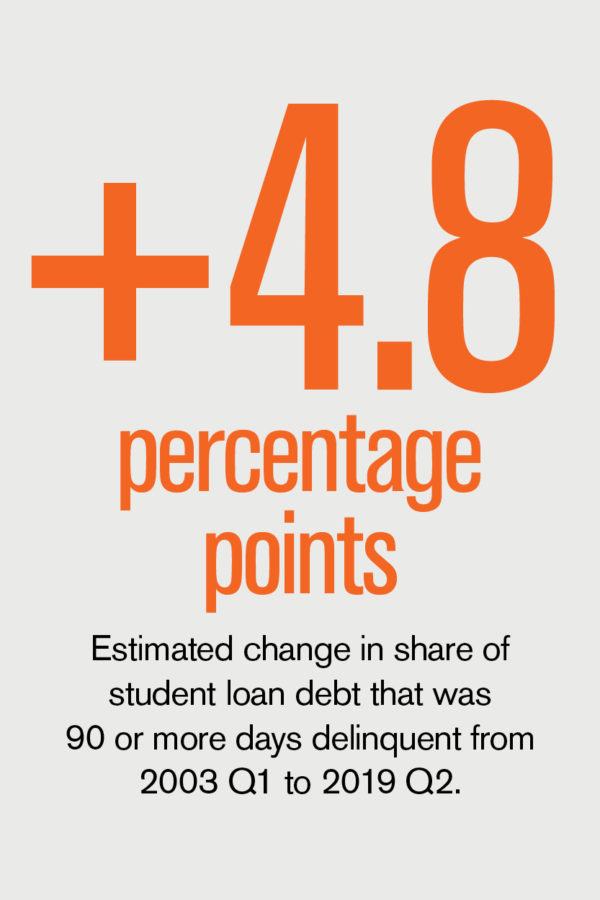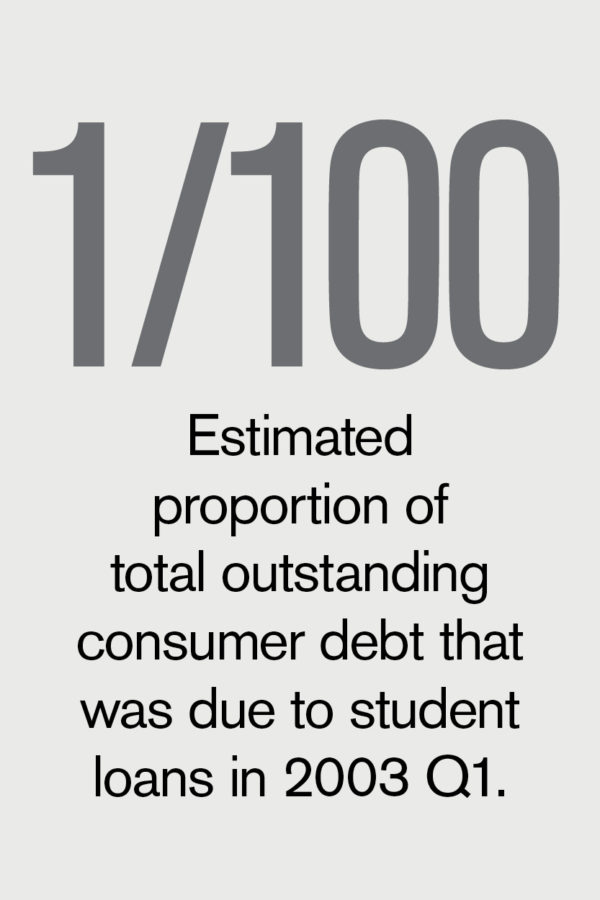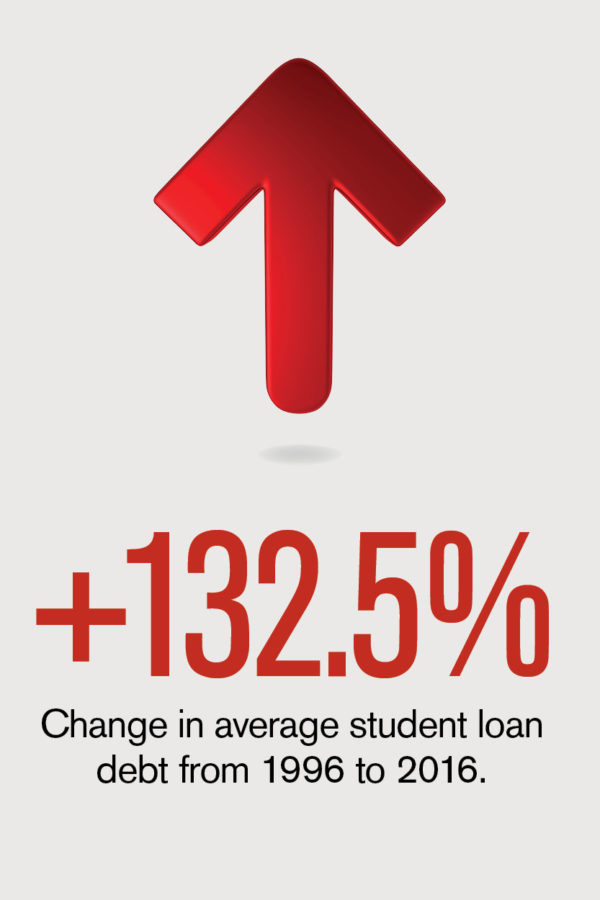Even though most colleges and universities are using analytics to some degree, they are not all using analytics to effect change. The diverse challenges confronting higher education necessitate the use of analytics in order to make forward-looking, data-informed decisions about strategic goals and priorities. Every institution needs a campuswide analytics program—the continuous use of analytics rather than a one-time analysis of data to inform a single decision.
Florida International University, Miami; the University of Maryland, College Park; and Drexel University, Philadelphia, have each created an effective, institutionwide analytics program. At the NACUBO 2019 Annual Meeting session “The Challenges and Successes of Establishing an Analytics Program,” representatives from each school shared the different factors they had to navigate when integrating the use of analytics and also illuminated how success can differ from campus to campus. (For complete coverage of the annual meeting, read “Austin Inspired.”)
This session was one of several that highlighted how higher education is integrating analytics to achieve institutional strategic goals, one of NACUBO’s five strategic priorities.
Four clear themes emerged from the panel discussion among Mark A. Freeman, vice provost, planning and institutional research, Drexel University; Kenneth G. Furton, provost and chief operating officer, and executive vice president of academic affairs, Florida International University; Cynthia Hale, associate vice president for finance and personnel, the University of Maryland; Pablo Ortiz, vice president, regional academic locations and institutional development, Florida International University; and Matt Unterman, principal, higher education advisory services practices, Grant Thornton.
- Focus on the big picture. Each panelist explained that it was a major strategic goal relating to campus mission that prompted their analytics efforts. For example, Drexel University wanted to shift its institutionwide focus from “getting bigger” to “getting better.” This mission-driven approach has challenged staff to make decisions that are “data-informed,” where data influence the decision that is ultimately made, as opposed to making decisions that are “data-defended,” where individuals seek data that support decisions they may have already made.
- Get everyone involved. While the titles of those driving the analytics programs differed across the institutions represented, it became apparent to all that analytics requires teamwork and buy-in from across the organization, no matter the organization. For example, at the University of Maryland, data were being housed in silos. Leaders understood that faculty, staff, and students were core stakeholders and that encouraging collaboration was essential to breaking down these silos and making data more broadly available, thereby better informing strategic decisions.
- Alleviate fears. Sharing data and data transparency can elicit a sense of fear about how data will be used. As part of the University of Maryland’s efforts to gain buy-in from all institutional stakeholders, it also had to address a range of concerns. Would data be used to eliminate courses or programs? How could data be used to ignite change but not disrupt the campus culture?
- Be change-oriented. At Florida International University, leaders faced a different question: What do we do with all the data? Knowing that just talking about data would not guarantee that stakeholders would begin to use the data to inform their actions, campus leaders worked to brand efforts around metrics and analytics to ensure campuswide engagement and effect change.
LINDSAY WAYT is director, analytics, NACUBO.












